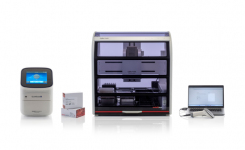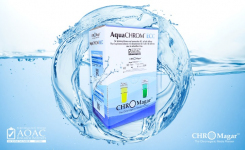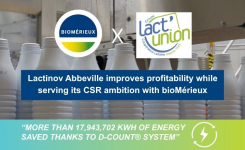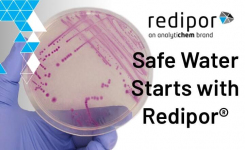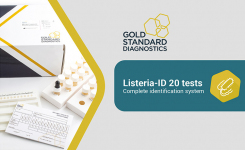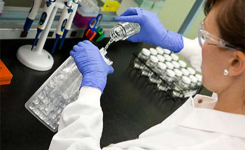The CDC has purchased approximately $2.5 million in laboratory supplies and equipment in August to enhance U.S. laboratory capacity to test for Zika virus. These purchases are to help ensure that states can meet the growing demand for testing and rapid identification of Zika infection, by providing them with materials that allow them to perform testing for Zika virus infection.
Relatively few labs in the U.S. are certified to test for Zika. As a result, when samples are collected, they often have to be shipped to a local health department lab for testing. If the local health department lab doesn’t currently perform Zika testing, it will coordinate testing and ship the samples to CDC. Depending on the CDC lab’s workload, processing and reporting time of a result may take 2 to 4 weeks.
To help states expand access to Zika testing and reduce the amount of time to receive results, CDC has sent materials to help them expand lab capacity and perform testing to detect both current and recent cases of Zika virus infection. Forty-three states, the District of Columbia, Puerto Rico, and nine Department of Defense (DOD) laboratories have received material that allows them to conduct testing for recent Zika infection using a CDC-developed test called the MAC-ELISA. MAC-ELISA tests are intended for use in detecting antibodies that the body makes to fight a Zika virus infection. These antibodies (in this case, immunoglobulin M, or IgM) appear in the blood of a person infected with Zika virus beginning 4 to 5 days after the start of illness and last for about 12 weeks. Labs in 41 of those states, plus the District of Columbia, Puerto Rico, along with five DOD labs, have completed the process required to implement the MAC-ELISA assay test.
CDC has also sent material to all states plus the District of Columbia and Puerto Rico and 16 DOD labs that allows them to use a second CDC-developed Zika test, called the Trioplex rRT-PCR test, which allows doctors to tell if an individual is currently infected with chikungunya, dengue, or Zika using just one test, rather than three separate tests for each virus. Forty-eight states plus the District of Columbia and Puerto Rico and 16 DoD labs have completed the process to be able to use that test. This expanded lab capacity allows states to perform testing to detect active Zika virus infection and more rapidly identify cases.









